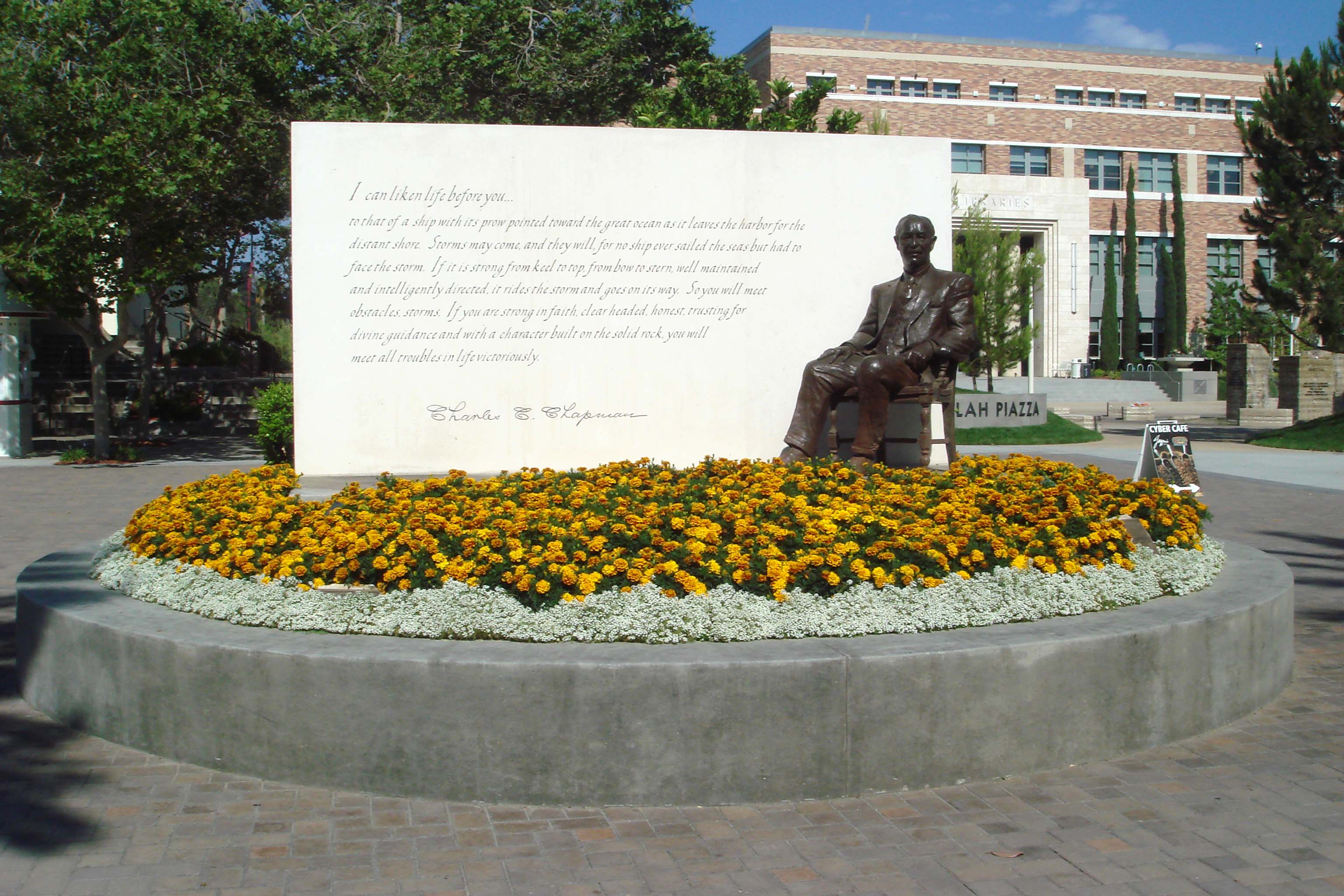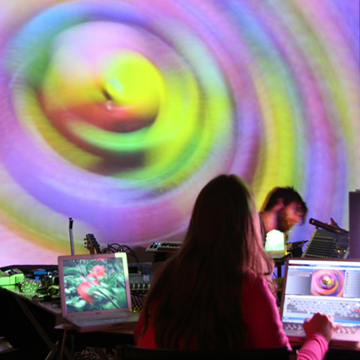|
Nathalie Magnan
Nathalie Magnan (November 29, 1956 – October 15, 2016) was a media theoretician and activist, a cyber-feminist, and a film director. She taught at both universities and art schools, and is known for initiating projects linking Internet activism and sailing with the ''Sailing for Geeks'' project. She also co-organised the Los Angeles Gay and Lesbian Film Festival in 1984. She died at home of breast cancer. Education After graduating with a Bachelor of Art degree at the University of Nanterre, Paris X, she continued her studies in the United States and obtained a Master of Fine Arts at the Visual Studies Workshop in Rochester, New York, where she met Catherine Lord, Mario Biagioli, Skuta Helgason and Lisa Bloom. She obtained a Qualifying Exam at the University of California, Santa Cruz, where she met Teresa de Lauretis, who was working in the Women Studies department. In History of Consciousness, she met James Clifford and Donna Haraway, who took her as her assistant. ... [...More Info...] [...Related Items...] OR: [Wikipedia] [Google] [Baidu] |
Chapman University
Chapman University is a private research university in Orange, California. It encompasses ten schools and colleges, including Fowler School of Engineering, Dodge College of Film and Media Arts, Fowler School of Law, and Schmid College of Science and Technology, and is classified among "R2: Doctoral Universities – High research activity". Although it does not claim to be a Christian college, it has had a relationship with the Disciples of Christ since the university's founding and with the United Church of Christ since 2011. History Founded in Woodland, California, as Hesperian College, the school began classes on March 4, 1861. Its opening was timed to coincide with the hour of Abraham Lincoln's first inauguration. Hesperian admitted students regardless of sex or race. In 1920, the assets of Hesperian College were absorbed by California Christian College, which held classes in downtown Los Angeles. In 1934, the school was renamed Chapman College, after the chairman ... [...More Info...] [...Related Items...] OR: [Wikipedia] [Google] [Baidu] |
Public-access Television
Public-access television is traditionally a form of non-commercial mass media where the general public can create content television programming which is narrowcast through cable television specialty channels. Public-access television was created in the United States between 1969 and 1971 by the Federal Communications Commission (FCC), under Chairman Dean Burch, based on pioneering work and advocacy of George Stoney, Red Burns (Alternate Media Center), and Sidney Dean (City Club of NY). Public-access television is often grouped with public, educational, and government access television channels, under the acronym PEG. In 2020, the Alliance for Community Media published a directory listing over 1600 organizations operating these channels in the United States. Distinction from PBS In the United States, the Public Broadcasting Service (PBS) produces public television, offering an educational television broadcasting service of professionally produced, highly curated content. I ... [...More Info...] [...Related Items...] OR: [Wikipedia] [Google] [Baidu] |
Luang Prabang
Luang Phabang, ( Lao: ຫລວງພະບາງ/ ຫຼວງພະບາງ) or ''Louangphabang'' (pronounced ), commonly transliterated into Western languages from the pre-1975 Lao spelling ຫຼວງພຣະບາງ (ຣ = silent r) as Luang Prabang, literally meaning " Royal Buddha Image", is a city in north central Laos, consisting of 58 adjacent villages, of which 33 comprise the UNESCO ''Town Of Luang Prabang'' World Heritage Site.Application of Information and Communication Technology to Promote Sustainable Development A Case Study: Town of Luang Prabang, Lao PDR (pdf) Tokyo Institute of Technology, Retrieved June 15, 2016 It was listed in 1995 for unique and "remarkably" well preserved architectur ... [...More Info...] [...Related Items...] OR: [Wikipedia] [Google] [Baidu] |
VJing
VJing (pronounced: ''VEE-JAY-ing'') is a broad designation for realtime visual performance. Characteristics of VJing are the creation or manipulation of imagery in realtime through technological mediation and for an audience, in synchronization to music. VJing often takes place at events such as concerts, nightclubs, music festivals and sometimes in combination with other performative arts. This results in a live multimedia performance that can include music, actors and dancers. The term VJing became popular in its association with MTV's Video Jockey but its origins date back to the New York club scene of the 70s. In both situations VJing is the manipulation or selection of visuals, the same way DJing is a selection and manipulation of audio. One of the key elements in the practice of VJing is the realtime mix of content from a "library of media", on storage media such as VHS tapes or DVDs, video and still image files on computer hard drives, live camera input, or from computer ... [...More Info...] [...Related Items...] OR: [Wikipedia] [Google] [Baidu] |
Shu Lea Cheang
Shu Lea Cheang () (born April 13, 1954) is a Taiwanese-American artist and filmmaker who lived and worked in New York City in the 1980s and 90s, until relocating to the EuroZone in 2000. Cheang received a BA in history from the National Taiwan University in 1976 and an MA in Cinema Studies from New York University in 1979. Since the 1980s, as a multimedia and new-media artist, she has navigated topics of ethnic stereotyping, sexual politics, and institutional oppression with her radical experimentations in digital realms. She drafts sci-fi narratives in her film scenario and artwork imagination, crafting her own “science” fiction genre of new queer cinema. From homesteading cyberspace in the 1990s to her current retreat to post net-crash BioNet zone, Cheang takes on viral love, bio hack in her current cycle of works. Over the past decade, she has emerged as a prominent figure in new media art. Cheang is one of the leading multimedia artists dealing with multidisciplinary top ... [...More Info...] [...Related Items...] OR: [Wikipedia] [Google] [Baidu] |
Paul B
Paul may refer to: *Paul (given name), a given name (includes a list of people with that name) *Paul (surname), a list of people People Christianity *Paul the Apostle (AD c.5–c.64/65), also known as Saul of Tarsus or Saint Paul, early Christian missionary and writer *Pope Paul (other), multiple Popes of the Roman Catholic Church *Saint Paul (other), multiple other people and locations named "Saint Paul" Roman and Byzantine empire *Lucius Aemilius Paullus Macedonicus (c. 229 BC – 160 BC), Roman general *Julius Paulus Prudentissimus (), Roman jurist *Paulus Catena (died 362), Roman notary *Paulus Alexandrinus (4th century), Hellenistic astrologer *Paul of Aegina or Paulus Aegineta (625–690), Greek surgeon Royals *Paul I of Russia (1754–1801), Tsar of Russia *Paul of Greece (1901–1964), King of Greece Other people *Paul the Deacon or Paulus Diaconus (c. 720 – c. 799), Italian Benedictine monk *Paul (father of Maurice), the father of Maurice, Byzan ... [...More Info...] [...Related Items...] OR: [Wikipedia] [Google] [Baidu] |
Bourges
Bourges () is a commune in central France on the river Yèvre. It is the capital of the department of Cher, and also was the capital city of the former province of Berry. History The name of the commune derives either from the Bituriges, the name of the original inhabitants, or from the Germanic word ''Burg'' (French: ''bourg''; Spanish: ''burgo''; English, others: ''burgh'', ''berg'', or ''borough''), for "hill" or "village". The Celts called it ''Avaricon''; Latin-speakers: ''Avaricum''. In the fourth century BC, as in the time of Caesar, the area around it was the center of a Gallic (Celtic) confederacy. In 52 BC, the sixth year of the Gallic Wars, while the Gauls implemented a scorched-earth policy to try to deny Caesar's forces supplies, the inhabitants of Avaricum begged not to have their town burned. It was temporarily spared due to its good defences provided by the surrounding marshes, by a river that nearly encircled it, and by a strong southern wall. Julius Caes ... [...More Info...] [...Related Items...] OR: [Wikipedia] [Google] [Baidu] |
Paul Devautour
Paul Devautour is a French artist born in 1958 who lives and works in Shanghai. Life and career In collaboration with Yoon Ja Choi he created in 1985 the Collection Yoon Ja & Paul Devautour. They conceived works and exhibitions until 2004 under the names of Buchal et Clavel, Cercle Ramo Nash, Gladys Clover, J. Duplo, Manuel Ismora, Art Keller, Claude Lantier, Alexandre Lenoir, Martin Tupper and David Vincent. Some of their collected pieces are kept at the MAMCO in Geneva. Others are part of the Frac Poitou-Charentes collection (registered under the pseudonym Martin Tupper), the Villeurbanne Institut d'Art Contemporain collection, the Centre national des arts plastiques collection. From 2004 to 2008, Paul Devautour held the position of dean of the École Nationale Supérieure d’Art de Bourges. Since 2008 he is the director of XiYiTang in Shanghai, an exchange platform for art school students and a residency program for young artists. He created with Xia Yilan DeYi Studio. The ... [...More Info...] [...Related Items...] OR: [Wikipedia] [Google] [Baidu] |
Dijon
Dijon (, , ) (dated) * it, Digione * la, Diviō or * lmo, Digion is the prefecture of the Côte-d'Or department and of the Bourgogne-Franche-Comté region in northeastern France. the commune had a population of 156,920. The earliest archaeological finds within the city limits of Dijon date to the Neolithic period. Dijon later became a Roman settlement named ''Divio'', located on the road between Lyon and Paris. The province was home to the Dukes of Burgundy from the early 11th until the late 15th centuries, and Dijon became a place of tremendous wealth and power, one of the great European centres of art, learning, and science. The city has retained varied architectural styles from many of the main periods of the past millennium, including Capetian, Gothic, and Renaissance. Many still-inhabited town-houses in the city's central district date from the 18th century and earlier. Dijon's architecture is distinguished by, among other things, '' toits bourguignons'' (Burgu ... [...More Info...] [...Related Items...] OR: [Wikipedia] [Google] [Baidu] |
University Of Paris VIII
Paris 8 University Vincennes-Saint-Denis (french: Université Paris 8 Vincennes-Saint-Denis) is a public university in Paris, France. Once part of the historic University of Paris, it is now an autonomous public institution. It is one of the thirteen successors of the world's second oldest academic institution, the University of Paris, and was established shortly before the latter officially ceased to exist on 31 December 1970. It was founded as a direct response to events of May 1968. This response was twofold: it was sympathetic to students' demands for more freedom, but also represented the movement of students out of central Paris, especially the Latin Quarter, where the street fighting of 1968 had taken place. History Founded in 1969, the new experimental institution was named ''Centre Universitaire Expérimental de Vincennes'' (CUEV) in Vincennes. In 1971, it gained full university status, thus allowing it to award its own degrees, and renamed "Université Paris VIII". S ... [...More Info...] [...Related Items...] OR: [Wikipedia] [Google] [Baidu] |
Cultural Studies
Cultural studies is an interdisciplinary field that examines the political dynamics of contemporary culture (including popular culture) and its historical foundations. Cultural studies researchers generally investigate how cultural practices relate to wider systems of power associated with, or operating through, social phenomena. These include ideology, class structures, national formations, ethnicity, sexual orientation, gender, and generation. Employing cultural analysis, cultural studies views cultures not as fixed, bounded, stable, and discrete entities, but rather as constantly interacting and changing sets of practices and processes. The field of cultural studies encompasses a range of theoretical and methodological perspectives and practices. Although distinct from the discipline of cultural anthropology and the interdisciplinary field of ethnic studies, cultural studies draws upon and has contributed to each of these fields. Cultural studies was initially developed by B ... [...More Info...] [...Related Items...] OR: [Wikipedia] [Google] [Baidu] |


.jpg)

